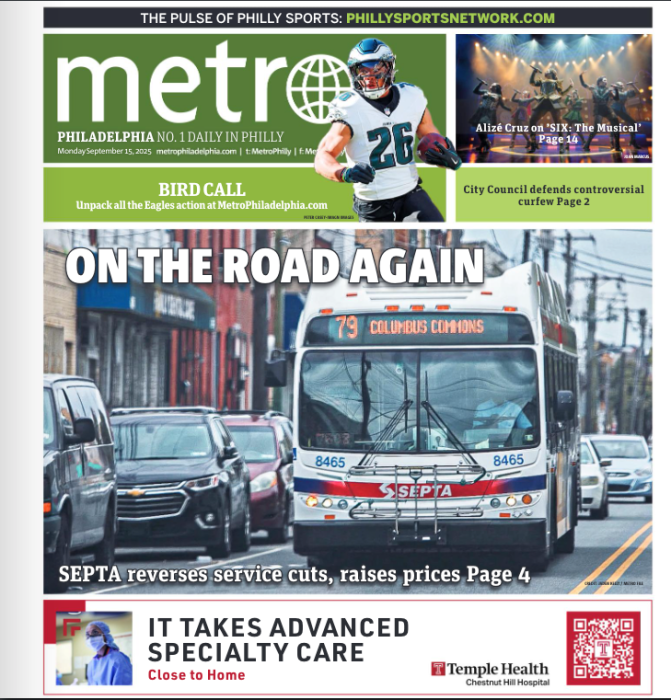By Lucia Mutikani
The number of Americans filing new claims for unemployment benefits unexpectedly rose last week, boosted by surges in California and Virginia, but the underlying trend remained consistent with a steadily recovering labor market.
The second straight weekly increase in jobless claims reported by the Labor Department on Thursday puzzled economists. Some pointed a finger at the wildfires in California, while others blamed Hurricane Ida, which devastated U.S. offshore energy production in late August. There was little conviction that ongoing COVID-19 infections, driven by the highly contagious Delta variant of the coronavirus, were a factor.
“Some, but not all, of this recent pickup looks related to Hurricane Ida, as filings in Louisiana have been above their pre-storm trend in recent weeks,” said Daniel Silver, an economist at JPMorgan in New York. “But even including any storm-related claims, the recent move up in filings has not looked particularly severe so far, and we don’t think the labor market recovery has been derailed at this point.”
Initial claims for state unemployment benefits increased 16,000 to a seasonally adjusted 351,000 for the week ended Sept. 18. Economists polled by Reuters had forecast 320,000 applications for the latest week.
Unadjusted claims in California jumped 24,221 while Virginia reported a rise of 12,879. There were also notable increases in Oregon, Ohio and Kentucky. Claims in Louisiana fell and have been above their pre-hurricane trend in recent weeks.
In Pennsylvania, the unemployment rate in August was 6.4%—down one-tenth of a percentage point from July—continuing its small but steady decline for six consecutive months. The unemployment rate in the commonwealth in August was 3.8 percentage points lower than the same time last year.
Philadelphia restored more than 40 percent of jobs lost during the first two months of the pandemic. According to the latest Center City District report, Philadelphia gained 1,700 jobs in August on a seasonably adjusted basis with government jobs having the highest rate of reestablishment, followed by professional and business services throughout the city.
Philadelphia’s unemployment rate in July was 9.4%—the same percentage as June—however, the number of ongoing unemployment claims for Philadelphia-based employees declined in August with a weekly average of 16,100, according to the CCD report.
“Philadelphia’s job recovery remains much slower than in the 11-county region and the nation as a whole, but is similar in pace to New York City,” CCD President Paul R. Levy said in a statement. “In part this is a reflection of slower recovery in leisure and hospitality, which accounts for nearly one-third of the city’s job loss since the start of the pandemic.”
The Federal Reserve on Wednesday struck an upbeat note on the economy, paving the way to reduce its monthly bond purchases “soon” and signaling interest rate increases may follow more quickly than expected.
A survey on Thursday from data firm IHS Markit showed business activity grew at its slowest pace in a year in September as companies struggled with ongoing shortages of raw materials and labor.
But the slowdown is likely temporary. A third report from the Conference Board showed its leading economic index, a gauge of future U.S. economic activity, increased 0.9% in August after rising 0.8% in July. The Conference Board said “the trend in the LEI is consistent with robust economic growth in the reminder of the year.”
Stocks on Wall Street were trading higher. The dollar slipped against a basket of currencies. U.S. Treasury prices were lower.
Last week’s claims data covered the period during which the government surveyed employers for the nonfarm payrolls portion of September’s employment report. Claims were little changed between the August and September payrolls survey periods.
Job growth slowed in August, with payrolls posting their smallest gain in seven months as hiring stalled in the high-contact leisure and hospitality sector.
The claims report also showed the number of people continuing to receive benefits after an initial week of aid increased 131,000 to 2.845 million in the week ended Sept. 11. Data next week on the so-called continuing claims will offer more clues on how hiring fared in September.
Pandemic-related factors are causing worker shortages, which are constraining hiring. Fed Chair Jerome Powell told reporters on Wednesday that he anticipated “more rapid gains in employment” as these factors, which include lack of affordable childcare and fears contracting the virus, diminish.
There were a record 10.9 million job openings at the end of July. The Fed projected the unemployment rate to be at 4.8% this year. That was up from the 4.5% rate the U.S. central bank projected in June. The jobless rate was 5.2% in August.
There is cautious optimism that the labor crunch will ease following the expiration of government-funded unemployment benefits early this month, which had been blamed by businesses and Republicans for encouraging the unemployed to stay at home.
At least 11.250 million people were receiving benefits under all programs during the week ended Sept. 4. According to Andrew Stettner, senior fellow at the Century Foundation, more than 8 million people have lost all their pandemic benefits.
It is, however, unlikely that this would boost the labor pool. An early termination of expanded benefits by about 25 states led by Republican governors over the summer did not led to a surge in hiring in those areas and the Delta variant could cause reluctance among some people to return to work.
“For the labor market, recovery is ongoing, but supply shortages remain a headwind,” said Rubeela Farooqi, chief U.S. economist at High Frequency Economics in White Plains, New York.
Metro staff contributed to this article.
Reuters





























